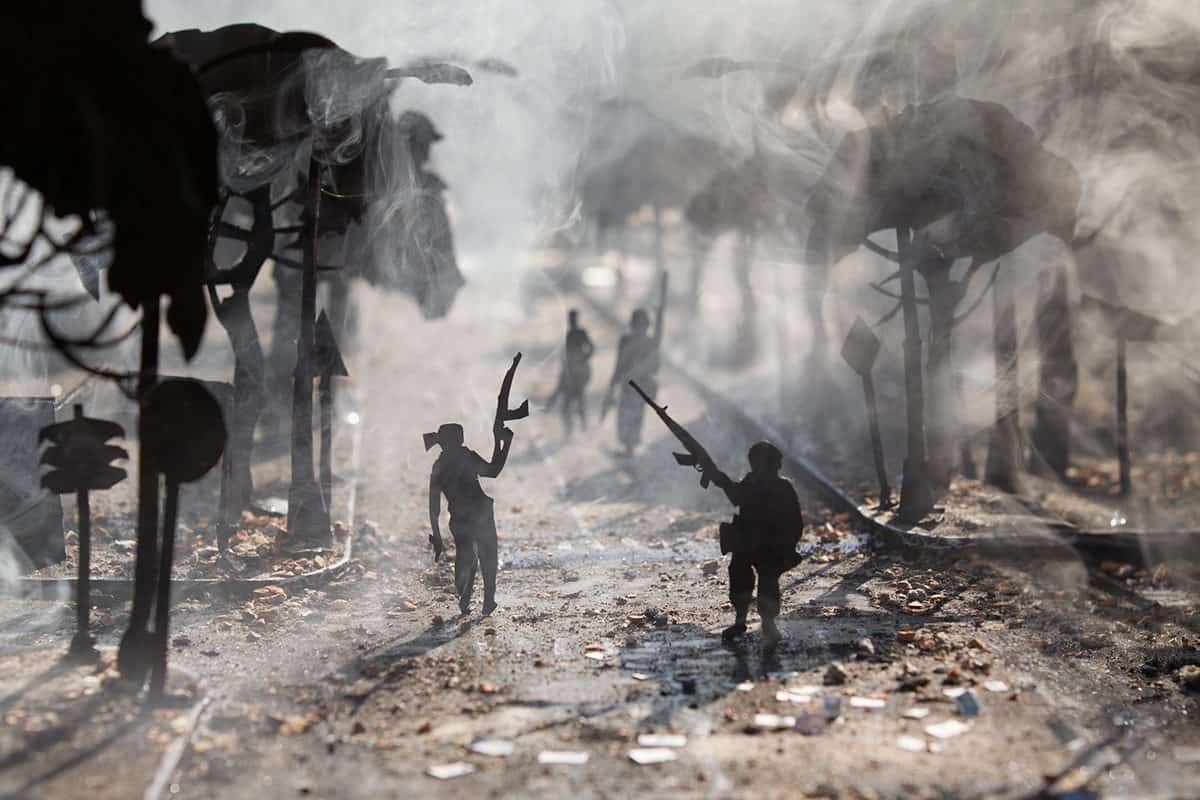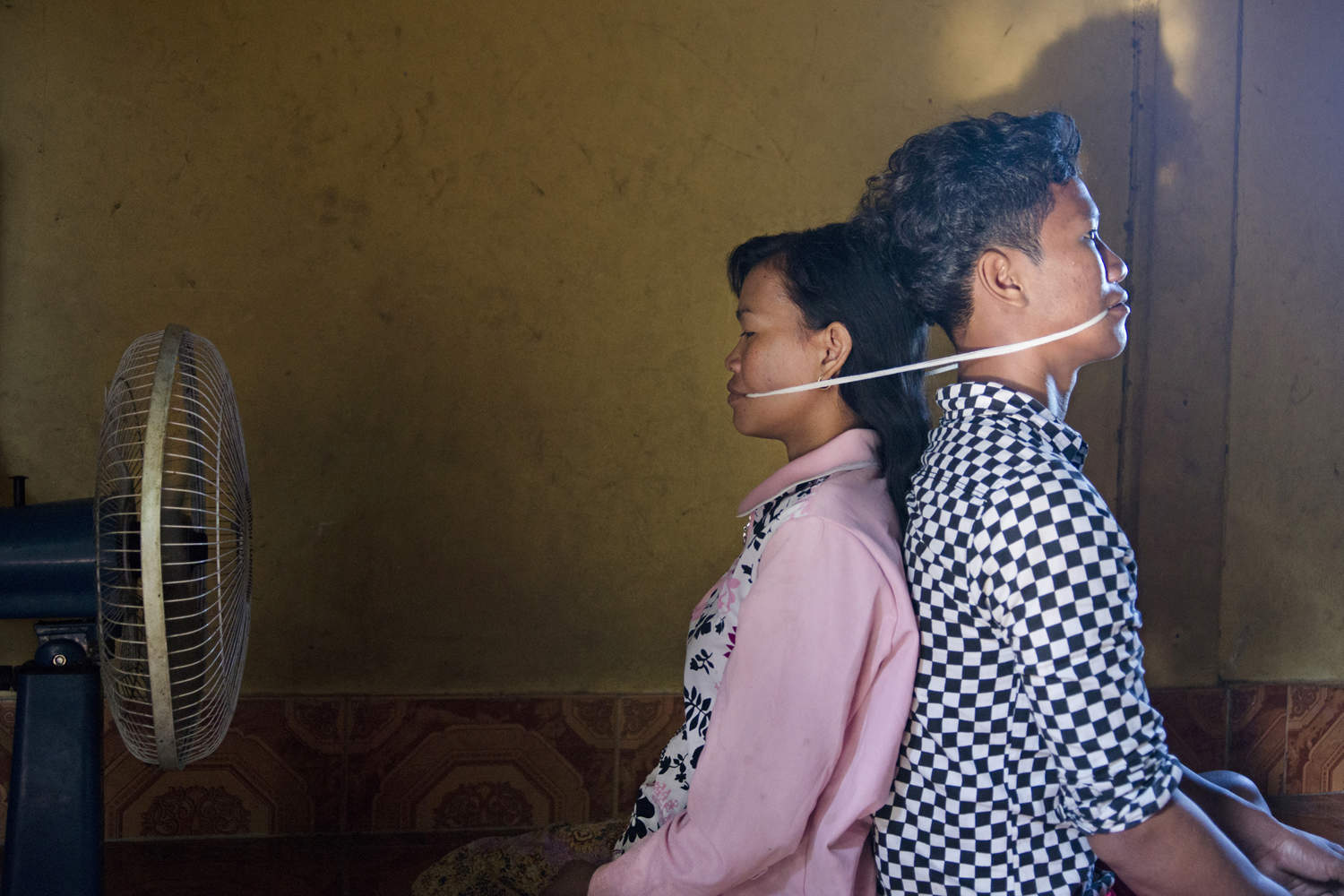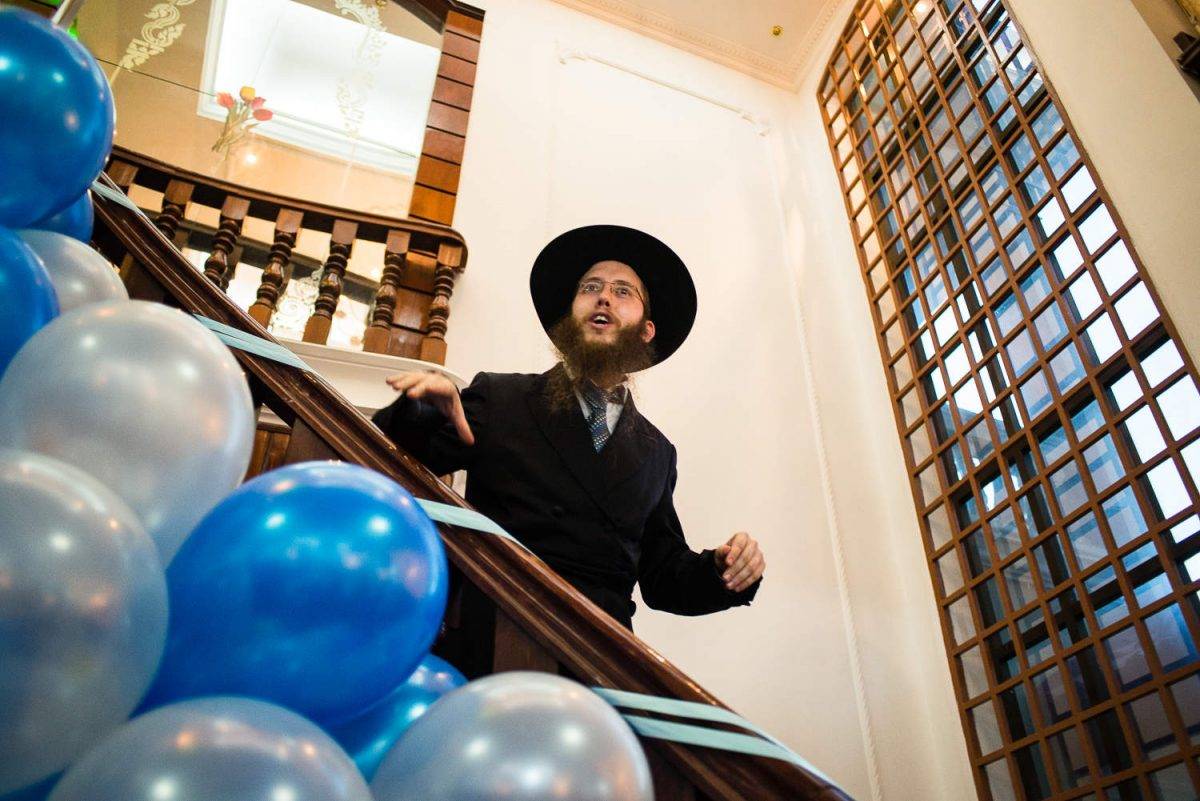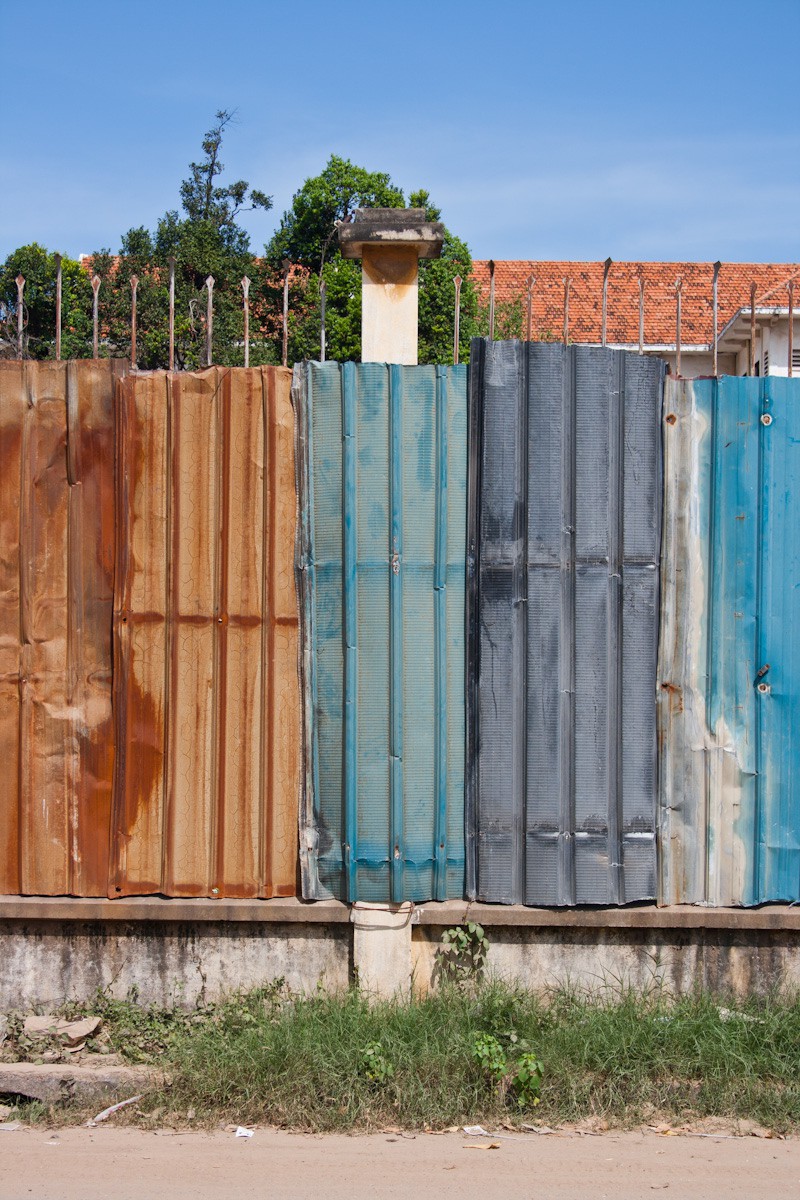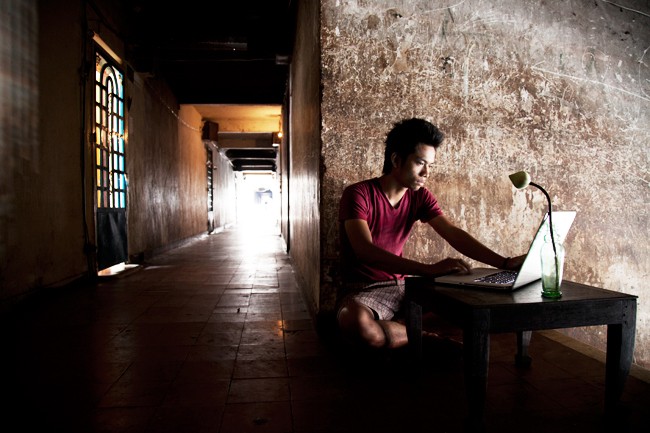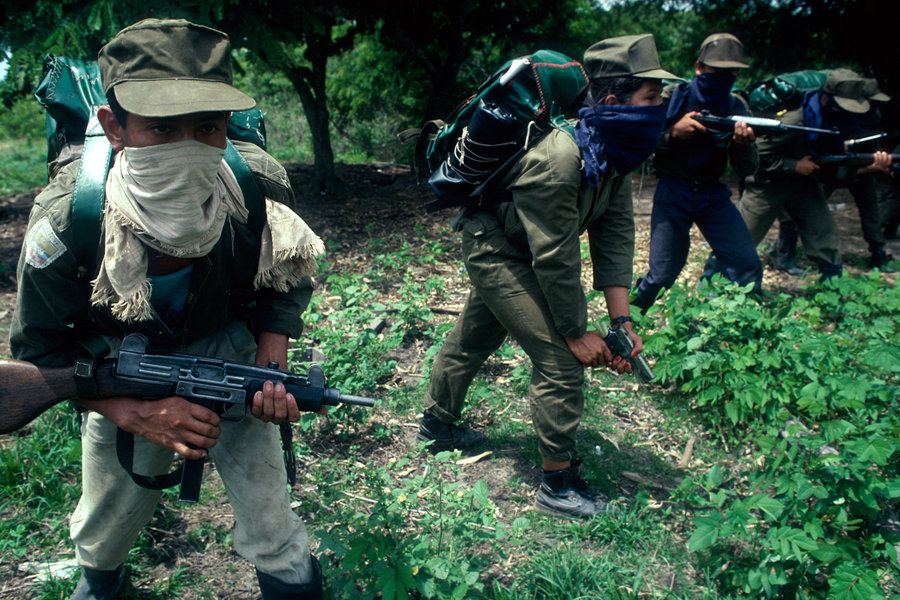LEFT 3 DAYS, by Mak Remissa [Cambodia] is an Art Award Finalist finalist in the Invisible Photographer Asia Awards 2018.
Photography in Southeast Asia: A Survey, by Zhuang Wubin
In Southeast Asia, our understanding of photography is largely framed through the binary of photography versus art, which morphs into the other dichotomous paradigm of straight photographers versus artists who use photography.
BOUND, by Sopheak Vong
In Khmer tradition a white thread has been always been used in weddings amongst many other ceremonies.
Photo Essay: No Jew Left Behind: Cambodia, by Anna Clare Spelman
Anna Clare Spelman was a participant in the IPA Mentorship Program during which she began her project ‘No Jew Left Behind’ in Cambodia. She has since expanded the project to include Jewish communities across Asia.
Wrapped Future, by Lim Sokchanlina
The land enclosed is no longer a presence, as if what was displaced or destroyed at these sites no longer matters. Memory has been traded for development. What will be erected with a strict belief that the future is the only concern?
The 8th Angkor Photo Festival wants your work!
8th Angkor Photo Festival – Call For Submissions. The festival’s 2012 program will present works photographed around the world through exhibitions and outdoor slideshows in Siem Reap, with no imposed theme.
Photo Essay: 5 Cambodian Lives, by Thomas Cristofoletti
During my trip to Cambodia, and with the support of the Spanish NGO Paz y Desarrollo, I had the opportunity to follow the lives of 5 Cambodian women (and their families) in three of the most remote regions of the country, in order to report their daily routines from dawn till dusk.
APWS Spotlight: Kim Hak, On
In this APWS Spotlight bi-weekly series, Jessica Lim presents work from previous participants of the Angkor Photo Workshops and finds out what they have been up to. ON Destroying old heritage buildings is like killing a group of old people. ON is a combination of 2 words, OLD + NEW. OLD refers to old buildings, from the French colonial era up to modern Khmer architecture from the 1950s to 1970s during the Vann Molyvann period. NEW is about new generation. ON works with urban people born after 1979 who are engaged in activities in different old buildings. Even though we are in …
7th Angkor Photo Festival – Call For Submissions
We recently caught up with Françoise Callier and Jessica Lim from the Angkor Photo Festival. They have been working hard behind the scenes on the festival’s 7th edition taking place from 19th to 26th November, 2011 in Siem Reap, Cambodia. We were privy to hear the festival’s plans this year and their wonderful support for young Asian photographers. The Call For Submissions to this year’s festival is now open till 15th June, 2011. Call For Submissions to The 7th Angkor Photo Festival Created in 2oo5, the Angkor Photo Festival is the first such event to be organized in Southeast …
WHO CARES? HIV/AIDS in Cambodia, by Masaru Goto
These images tells a story about the life of HIV/AIDS patients, their families, AIDS orphans, and the struggle of medical staff and how local NGOs work day by day for more HIV/AIDS educational programs in Cambodia. These images were taken mainly in Battambang, Banteay Mean Chey, Siem Reap and in Phnom Penh. The images are only a small window into the tremendous pain and suffering endured by patients and their families. There is no future for orphans whose parents died from AIDS. My greatest thanks is to those people living with HIV or AIDS, who welcomed me into their lives …
Photo Essay: Possible Life, by Binh Dang
Cambodia is the most disabled country in the world. One out of every 236 people has stepped on a landmine.
Invisible Interview: Masaru Goto
Masaru Goto is a Japanese photojournalist based in Bangkok, Thailand. It was his early photographs of the Cambodian war that first inspired his partner, and previously featured photo curator Yumi Goto.
Re:War – Cambodia, by Masaru Goto
In 1997, I returned to Cambodia. At that time, rumors of a coup were going around Phnom Penh, and it finally happened in July. Following heavy street fighting in the city, the battle moved to the country’s northwest.

